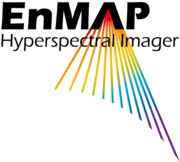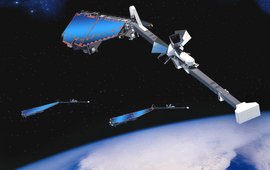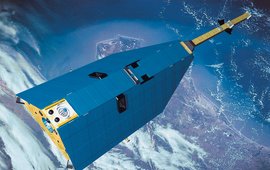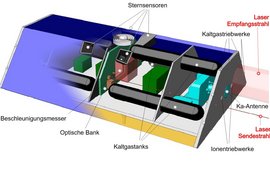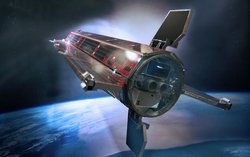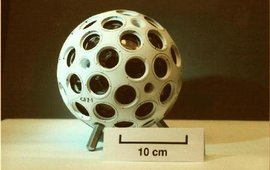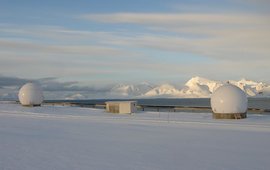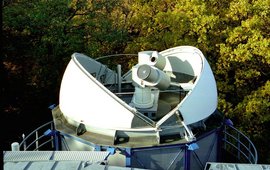Gravity Recovery and Climate Experiment-Follow-On (GRACE-FO) Mission
The Gravity Recovery and Climate Experiment-Follow-On (GRACE-FO) Mission, successfully launched on 22 May 2018, is a NASA directed mission to continue the goals of the original GRACE mission and provide continuity for the GRACE data set.



